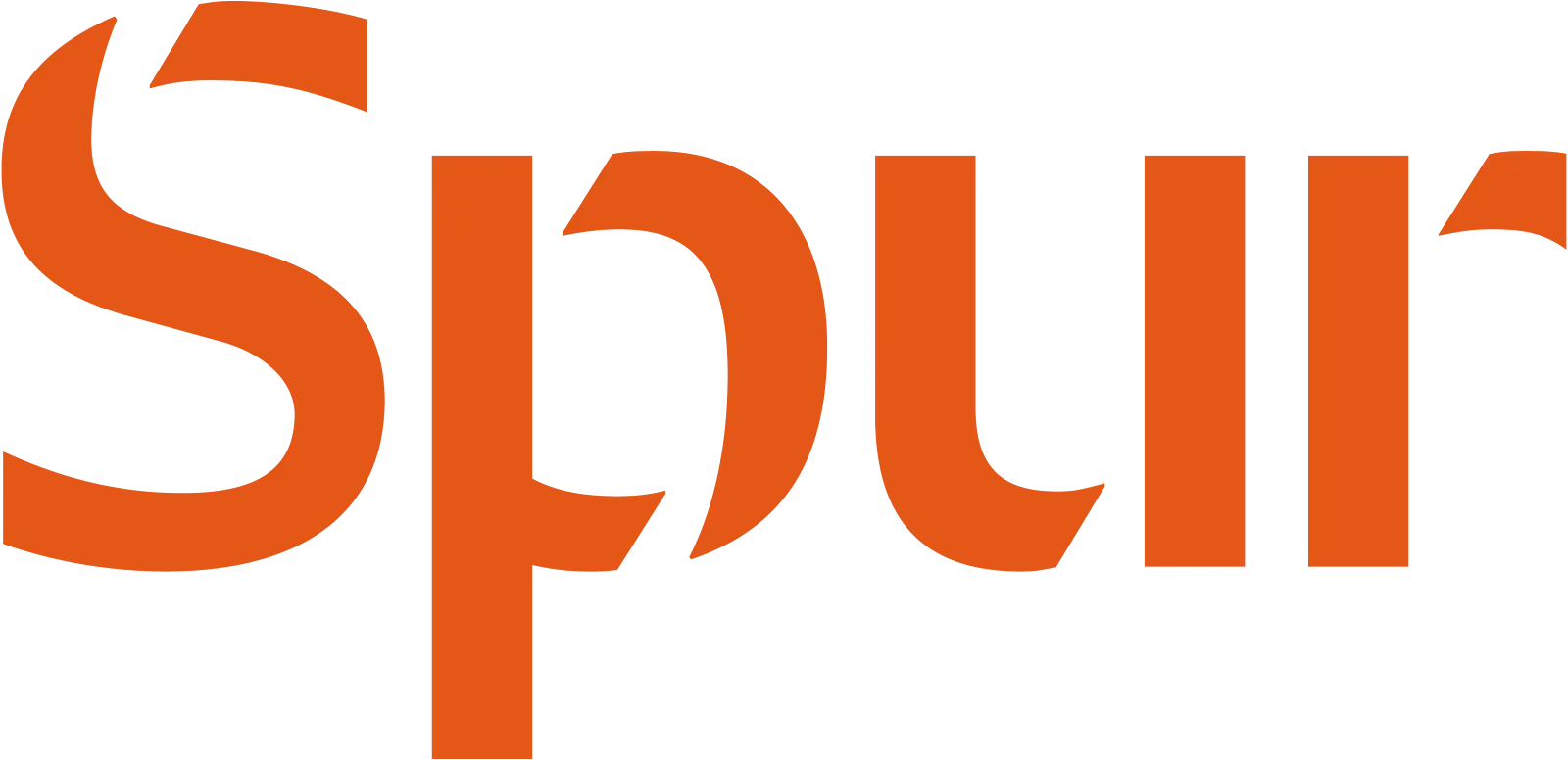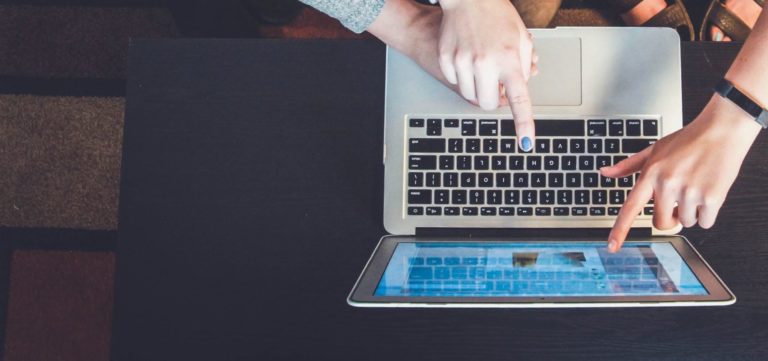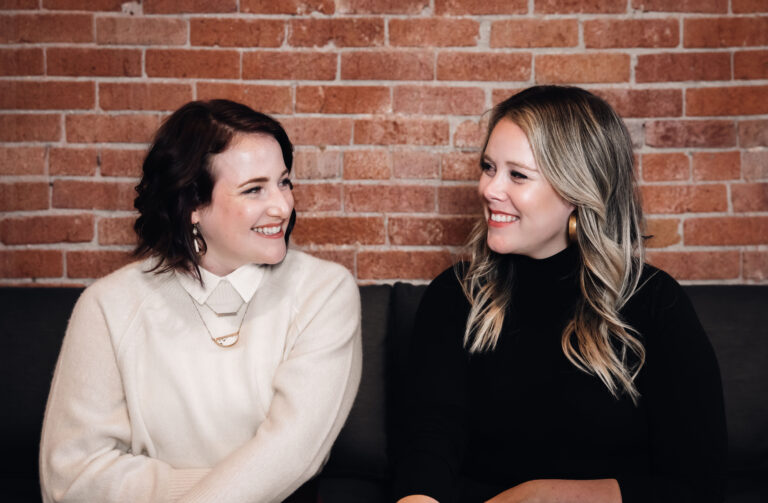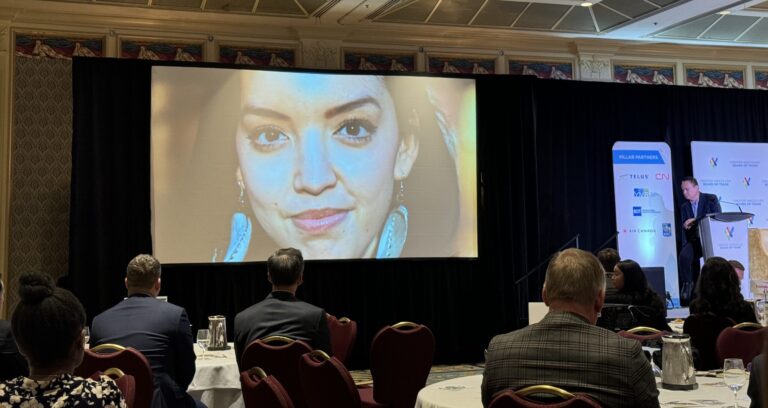From its gay liberation roots to today’s intersectional network of activists and allies, the LGBTQAI2S+ rights movement continues to fight for full inclusion. As we kick off Pride weekend in BC, we celebrate LGBTQAI2S+ folks and their work to both prevent violence and discrimination, and pursue justice, equity, joy and opportunity.
Many hard-fought gains have focused on language reclamation and the drive for inclusivity, because words matter. They inform our culture, shape our conversations, and are among the easiest and fastest ways to include LGBTQAI2S+ individuals in our personal and professional lives.
Words are also not static. Language that describes different members of the LGBTQAI2S+ community continues to evolve, and may differ across cultures and generations, or how individual community members use or define terms.
At Spur, we acknowledge the importance of educating and re-educating ourselves on these issues. It helps us build better conversations, both within our organization and the communities we serve.
intentional communication
QMUNITY, a Vancouver-based non-profit organization that works to improve queer, trans, and Two-Spirit lives, encourages everyone to be mindful of their language, beginning right from ‘hello.’ Phrases like “good morning folks” and “hi everyone” respect and acknowledge the gender identity of all people involved, removing any assumption on the part of the speaker. The Safe Zone Project, a free online education and resource for LGBTQAI2S+ awareness and ally-training, also stresses the importance of inclusive language.
There are many ways in which we need to make our language more inclusive for the LGBTQAI2S+ community. We’re starting with some quick phrasing choices that begin to dismantle the gender binary.
- Do say ‘all genders.’ Saying ‘both genders’ or ‘the opposite sex’ implies there are only two of each. There are many genders and gender identities, such as agender, aliagender, bigender, cisgender, genderfluid, genderqueer, intergender, pangender, polygender and transgender.
- Don’t say ‘bisexual’ if you mean ‘pansexual.’ These two terms are often used interchangeably. Pansexuality is a sexual orientation that means someone is attracted to people of all genders and gender identities.
- Do say ‘honoured guests.’ When opening a formal event, avoid binary language like ‘ladies and gentlemen’ and use phrases that are more inclusive of all attendees.
- Don’t say ‘born female/male.’ Use instead ‘assigned male/female at birth.’This reinforces the understanding that gender is a social construct and that we are all gendered (or misgendered) at birth.
- Do say ‘they.’ Use ‘they’ when referring to someone when pronouns are unknown. Even more, spend a little time reading up on other pronouns as well, such as ze, xe and sie. If you don’t know how to ask someone what their pronouns are, try introducing yourself with your pronouns first.
You can find more information on inclusive language and a glossary of terms from QMUNITY and the Safe Zone Project (PDF downloads).
intentional action
Inclusive language is not just for one-on-one conversations.
Think of the many emails you send in a day, and all the meetings you attend in a week. By including your pronouns in your email signature and social media profiles, and disclosing them at the outset of meetings, you can prevent assumptions or corrections. These are small but concrete actions that can impact a person’s experience in your community or workplace, especially when modelled by leadership.
And if you make a mistake, the best course of action is to own it. QMUNITY states in their community agreement (PDF download) that sometimes, even with the best intentions, we will mess up. Learning from our mistakes means leaning into and learning from that discomfort. Recognize your mistake and apologize, correct yourself, and move on with the conversation.
In our years as communication professionals and allies, we’ve learned to educate and re-educate ourselves, to walk the walk, to stay humble and to learn from our mistakes. Most of all we’ve learned that when we all commit to these small changes, we can make a big impact towards inclusion.
As always, we ask that you call us in. We’ve chosen to use LGBTQAI2S+ which stands for lesbian, gay, bi-sexual, queer/questioning, asexual, intersex, Two-Spirit, and others, but we know this framework evolves over time. Do you use a different acronym, and why? What does inclusive language look like, to you or within your organization? What best practices do you use in your communication and engagement practice? Let us know.
Photo credits: Mercedes Mehling and Sharon McCutcheon on Unsplash.




